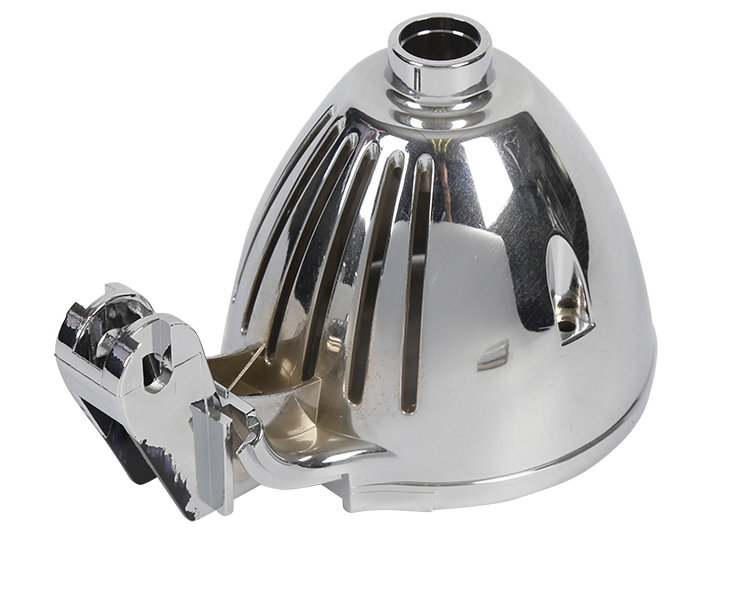In a narrow sense, electroplating has its roots in the discovery of electricity.
From Galvani’s discovery of animal currents in 1792 to Volt’s invention of the battery pack in 1800, the first patent for electroplating was granted to the Elkingtons in 1805 when Bruglitt used the battery pack to successfully plate gold on silver. As the science of electrochemistry matured and its relationship to the process of electroplating became better understood, other types of non-decorative metal plating processes were developed.
Electroplating is a surface engineering technique for decorating and protecting the surface of a substrate and obtaining certain special properties.
Silver and gold plating processes from 1800-1805.
The earliest published literature on electroplating is the silver plating process proposed by the Italian professor Brug-natelli in 1800, who in 1805 proposed the gold plating process. By 1840, the first patent for silver plating with cyanide was applied for by the Englishman Elkington and produced industrially. This was the beginning of the electroplating industry. The electrolyte he proposed for silver plating is still in use today. In the ominous year, Jauch obtained the first patent for electroplating steel with an acidic solution.
In 1843, copper plating with acidic copper sulfate was used in industrial production.
In 1915, acid copper sulfate plating was achieved on steel surfaces.
In 1917, tnr proposed cyanide galvanizing 1923-1924 at noon. C. Pi ML and GH. ErRc proposed an industrial method for chromium plating, which gradually developed electroplating into a complete system of electrochemical engineering.
Plating of alloys began in the 1840s with the plating of copper-zinc (brass) and precious gold alloys.
As alloy plating has better properties than single metal plating, increasing attention has been paid to the study of alloy electroplating. It has evolved from the initial decorative white alloy plating to decorative, protective, and functional parts. This is combined with research into new alloy coatings. There are about 250 alloy coatings that can be obtained by electrodeposition, but only about 30 are used for production. Representative plating layers. Cu-Zn, Cu-Sn, Ni-Co, Pb-Sn, Sn-Ni, Cd-Ti, Zn-Sn, Ni-Fe, Au-Co, Pb-Sn-Cu, with the rapid development of science and technology and industry. People have put forward higher requirements for their living environment.
In 1989, the Centre for Industry and Environmental Planning of the United Nations Environment Programme introduced the concept of “cleaner production”.
The electroplating industry, as a heavily polluting industry, urgently needs this outdated process and adopts a new process that is in line with “cleaner production”.
The counter-current cleaning technology proposed by the American scholar J.B.K Mskncr, which greatly saves water resources, has received widespread attention from the electroplating industry in various countries. In electroplating production, various low and non-toxic plating processes have been developed, such as cyanide-free plating, hexavalent chromium plating, cadmium plating, fluorine-free, lead-free plating, etc., reducing the severely polluting plating process at the source. DacromM and GeoMt, as new surface anti-corrosion technologies, have replaced zinc plating and hot-dip galvanizing, reducing the output of the plating process while achieving protection for steel substrates. The discharge of heavy metal effluents such as acid, alkali, zinc, and euphorbia and various wastewater discharges.
The development of China’s electroplating industry came after the founding of New China.
With the development of large-scale economic construction, the machinery manufacturing industry developed rapidly. Large-scale automobile and tractor manufacturing plants, aircraft manufacturing plants, electronic plants, instrument factories, etc. were established one after another… Some old enterprises also underwent expansion and renovation. The newly built and remodeled machinery manufacturing enterprises were small in scale and most of them had electroplating workshops for production, which provided a material basis for the development of China’s electroplating industry. With the reform and opening up of the country and the progress of science and technology, China’s electroplating industry has made new developments in the past twenty years.

